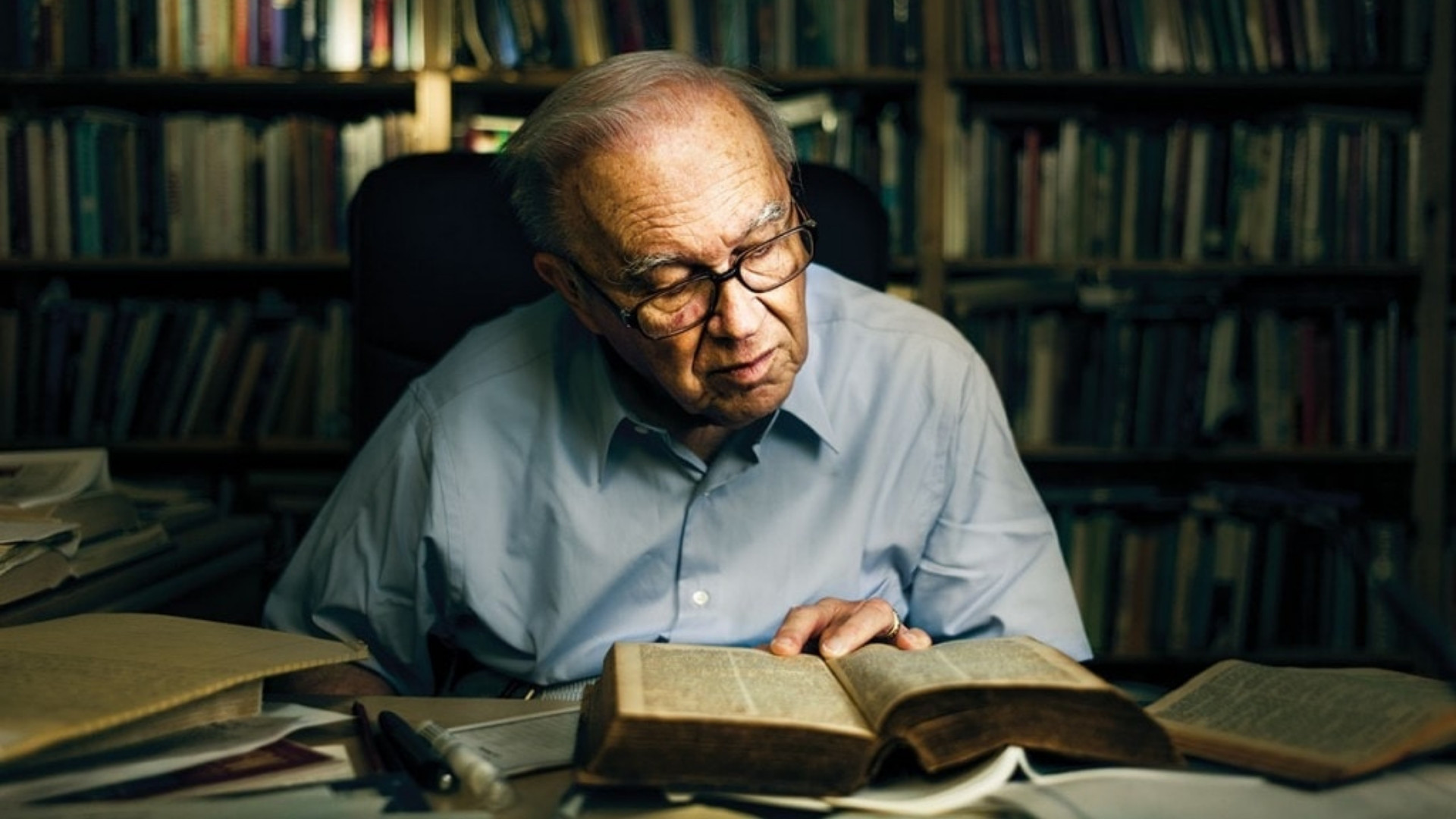[vc_row][vc_column width=”1/1″][vc_column_text]

[/vc_column_text][/vc_column][/vc_row][vc_row el_class=”hero-header-text”][vc_column width=”1/1″][vc_column_text]
Stories that Shaped my Faith
Charlie Chaplin and Jesus
By Austin Eisele | April 8, 2016
[/vc_column_text][/vc_column][/vc_row][vc_row][vc_column][vc_column_text]
As I was growing up, my experience of Jesus was often of asking him to forgive me for succumbing to temptation, for the weakness of “flesh.” For me Jesus was a judge—someone with kind words for others but judgment for me. This experience of Jesus continued into my adult life even as I attended graduate school about as far as possible from my religious roots.
Then one night I went to a movie theater to hear a lecture from Slavoj Zizek, a Marxist philosopher. But Zizek was ill, so instead of delivering a lecture he introduced a movie. And on that big screen I saw the most profound artistic depiction of a Christ-figure I had ever seen: Charlie Chaplin’s City Lights (1931).
Through the figure of Chaplin’s Little Tramp I saw
for the first time how subtle Jesus’s “judgment” really was.
City Lights opens at the monument for “Peace and Prosperity.” The elite of the city are ready to unveil an idol to their lifestyle. And when they do, who should happen to be there but the Little Tramp—asleep in the lap of Peace.
As he attempts to disembark, we see little symbolic moments that fill the film, moments where he fulfills a social expectation while at the same time exposing it. He gets down, the statue’s sword goes through the hole in his trousers, and as the national anthem starts to play he stands at attention with dignity. He goes over to the other figure of the statue—Prosperity—and inadvertently thumbs his nose at the elite while simultaneously tipping his hat in a respectful manner.
Life is a tragedy when seen in close-up, but a comedy in the long shot.—Charlie Chaplin
This combination of expectation and exposure fills the story. The next scene he takes a morning “promenade” with great dignity, while being mocked by newspaper boys. He is mistaken for a rich man but falls in love with the flower girl who is blind. He saves the eccentric millionaire, who rewards him with fellowship and money when drunk, yet treats him with disdain while sober.
Throughout the film the Little Tramp’s presence forces everyone around him to make decisions about him—often a negative judgment that exposes that person’s enslavement to social expectation divorced from the consequences of that expectation. This is the genius of the Little Tramp.
Chaplin famously said, “Life is a tragedy when seen in close-up, but a comedy in long-shot.” That’s partly why City Lights was a silent film in 1931, even after “talkies” had been introduced. The shots for sound at the time would have had to be too close for true comedy.
Yet there is one significant close-up. The Little Tramp is able to get money for the surgery to restore the blind girl’s sight (the source of her healing), but at the cost of false accusation and imprisonment. When he is released months later, he’s even more ragged, but the blind girl can see and has opened a flower shop. He encounters her, and while she laughs at this tramp, she does take compassion on him and pins a flower on him. At that moment her senses—her sense of touch—awakens to him. The last shot is a close-up on him with a smile that seems to ask, “What will you do?”
When I reflected on this film I was struck by the way judgment for Jesus does not seem to be a gavel smashing down but rather a way of being that invites us to choose between seeing the source of life or remaining blind. That’s why Jesus became incarnate—the encounter with his flesh is an encounter with our flesh. I was forced to ask myself how I engage the flesh of Jesus.
Great art, such as Charlie Chaplin’s films, can do something similar.
[/vc_column_text][/vc_column][/vc_row]














